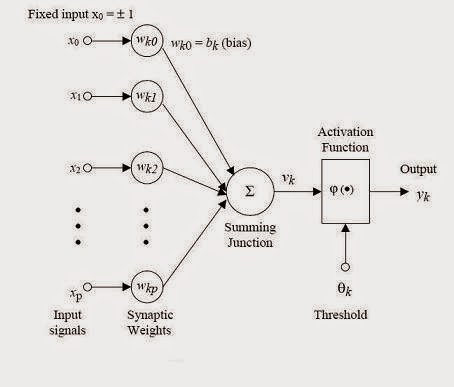Hi Friends in this post I’m gonna install kali linux in oracle
virtual box..
This tutorial is for educational purpose only..
This tutorial is for educational purpose only..
Requirements:
1.
Kali Linux ISO file (https://www.kali.org/downloads/)
Download kali
linux 64 Bit ISO 1.0.9a
2.
Oracle virtual Box(https://www.virtualbox.org/wiki/Downloads)
Download
Advanced version
Let’s Start the Procedure:
a.
Install Oracle Virtual Box and launch it.
b.
NEW
c.
A Window will pop-up, Enter as follows
i.
Name : Your wish (kali)
ii.
Type : Linux
iii.
Version :Other
linux(64-bit)
Click Next.
d.
Enter the RAM memory size in the next pop-up windows
Click Next
e.Select create a virtual hard drive now
button.
Click Create
f.
Select VDI(VirtualBox Disk Image) button
Click Next
g.
Select Dynamically Allocated Button
Click Next
h.
Select the size of Hard disk drive
Click Create
i.
Right Click on the OS created (KALI)
(i)----Select SETTINGS(ii)-----STORAGE(iii)----click
EMPTY (iv) in the Controller:IDE---------------in
the attributes
(right to storage tree)----choose a virtual CD/DVD file(vi) by
clicking the disk image(v).(see the pic below)----------Select the Kali ISO
file Downloaded.
Click OK
j.Right Click on the OS(Kali)(i)-------Click START(ii)
k.
Kali Linux will start running. That’s it ….
Note:
If you
get the error like this:::
UNABLE TO BOOT - PLEASE USE A
KERNEL APPROPRIATE FOR YOUR CPU
Then do as follows
·
Right click on KALI-----select SETTINGS----------SYSTEMS(i)-----------PROCESSOR(ii)
Tick EXTENDED
FEATURES: ENABLE PAE/NX(iii)
·
Also be sure that HARDWARE VIRTUALIZATION: ENABLE VT-x/AMD-V
ENABLE NESTED PAGING(ii)
,are ticked in the ACCELERATION
(i) tab.
That's it friends.. If you have any doubts regarding installation, just comment below or mail me..THANK U.../













